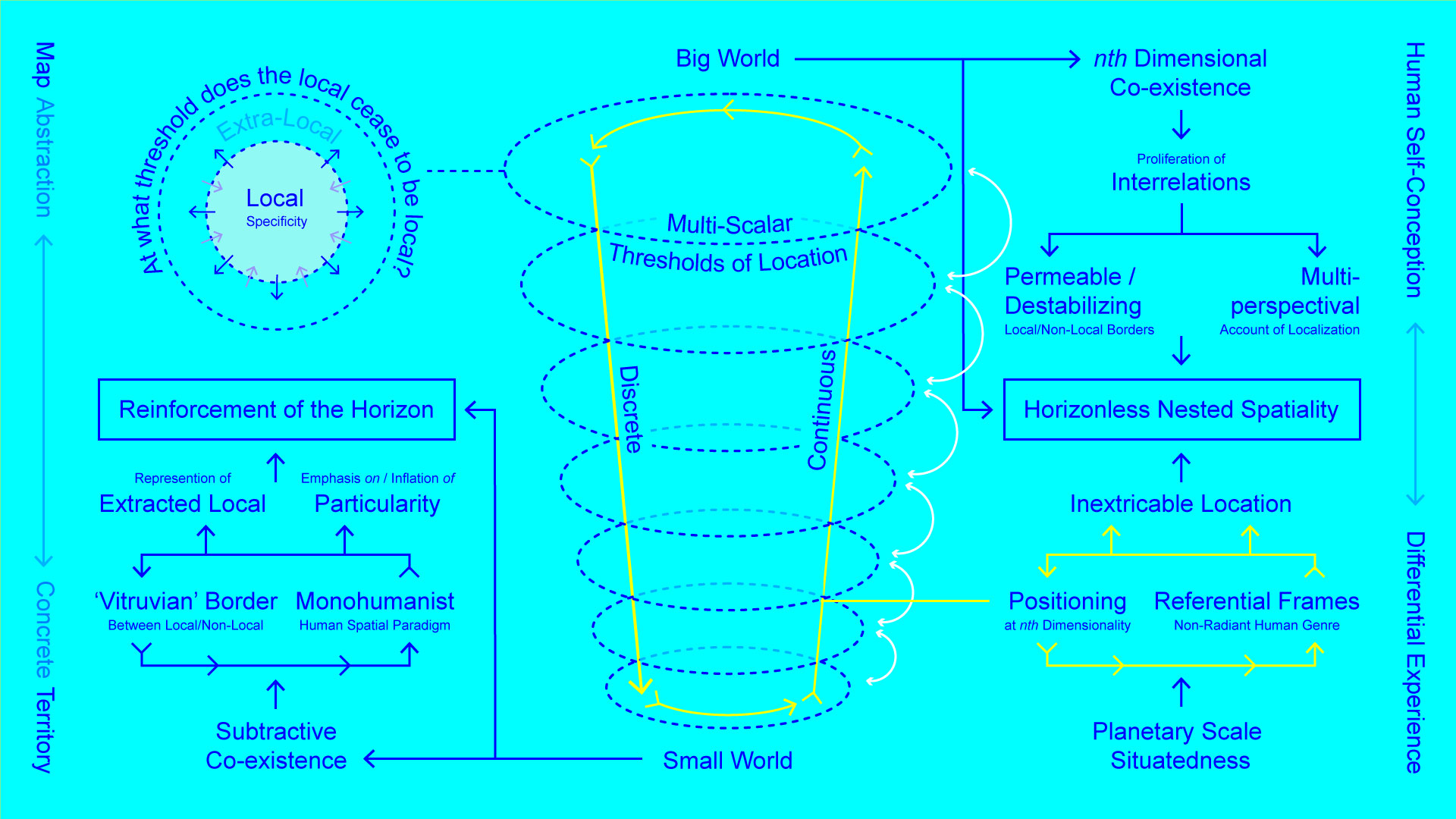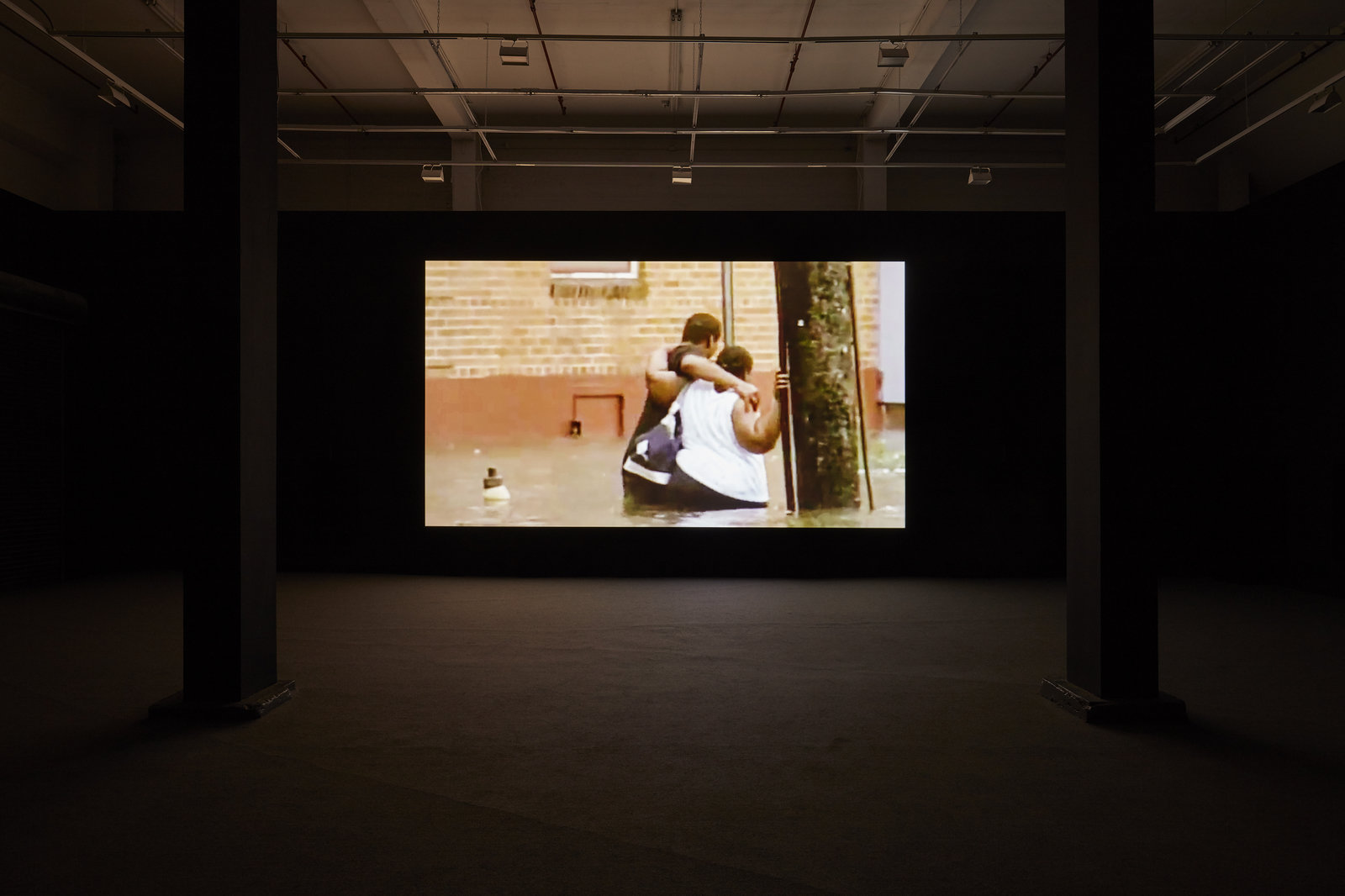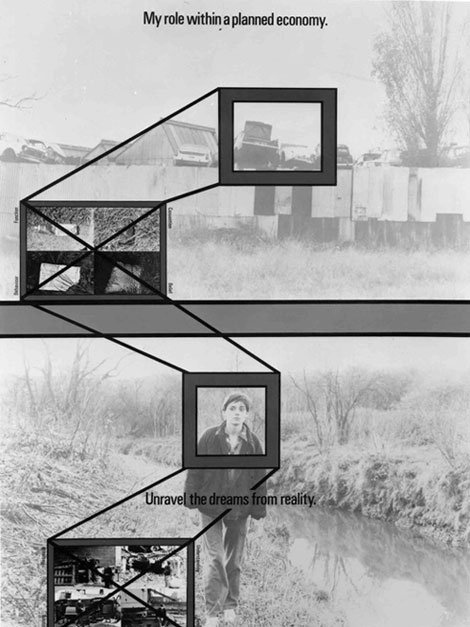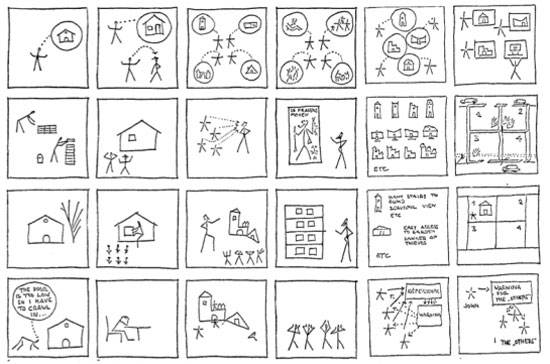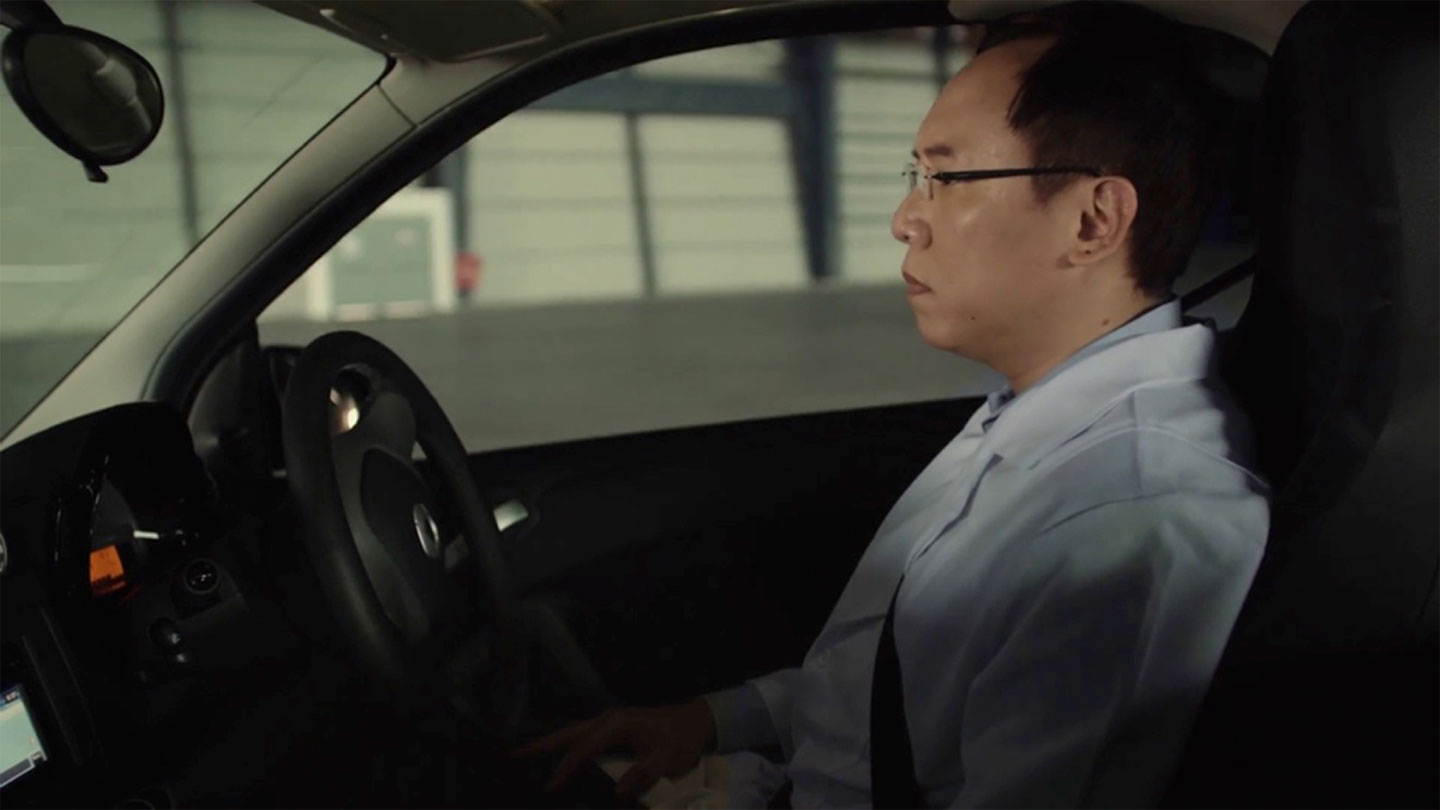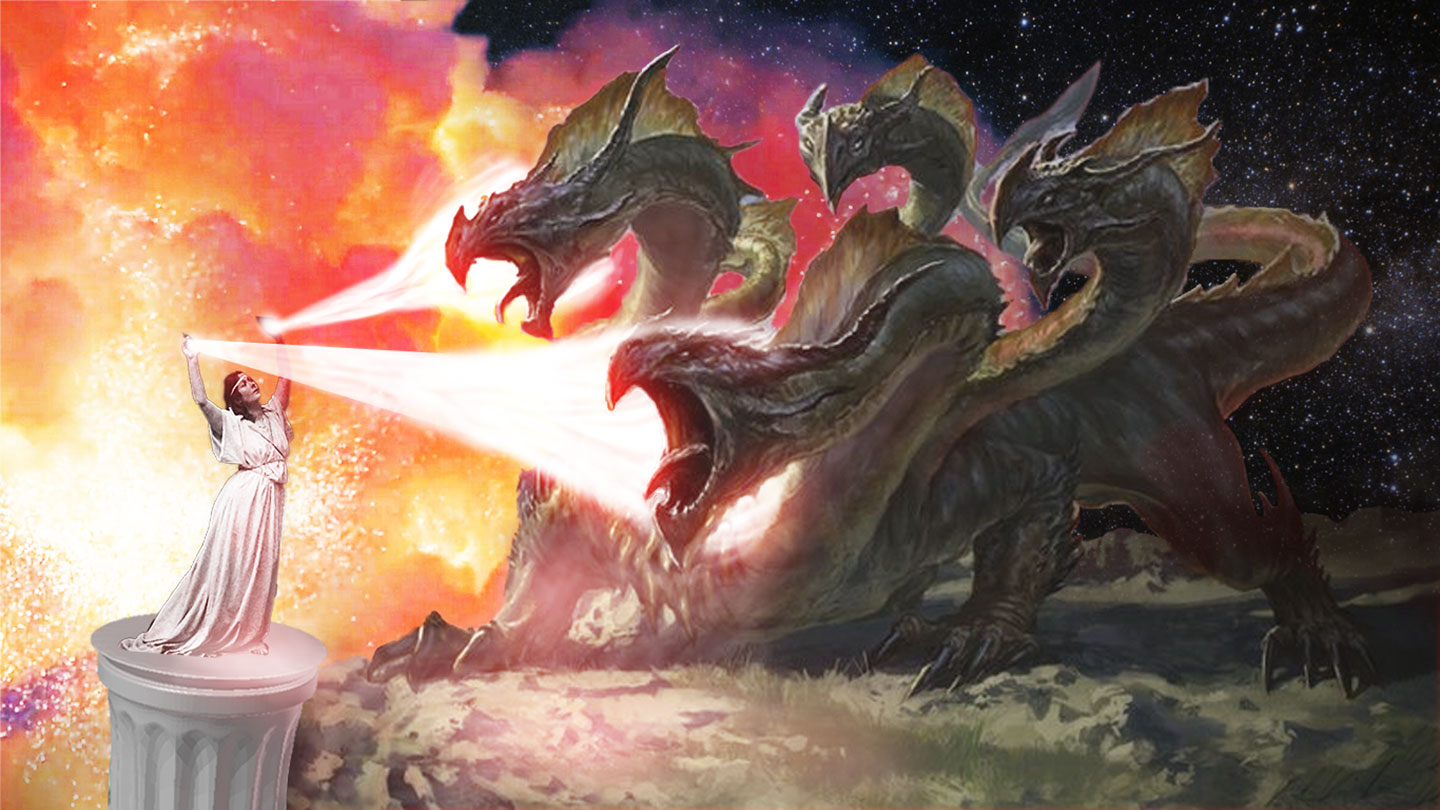Contactless
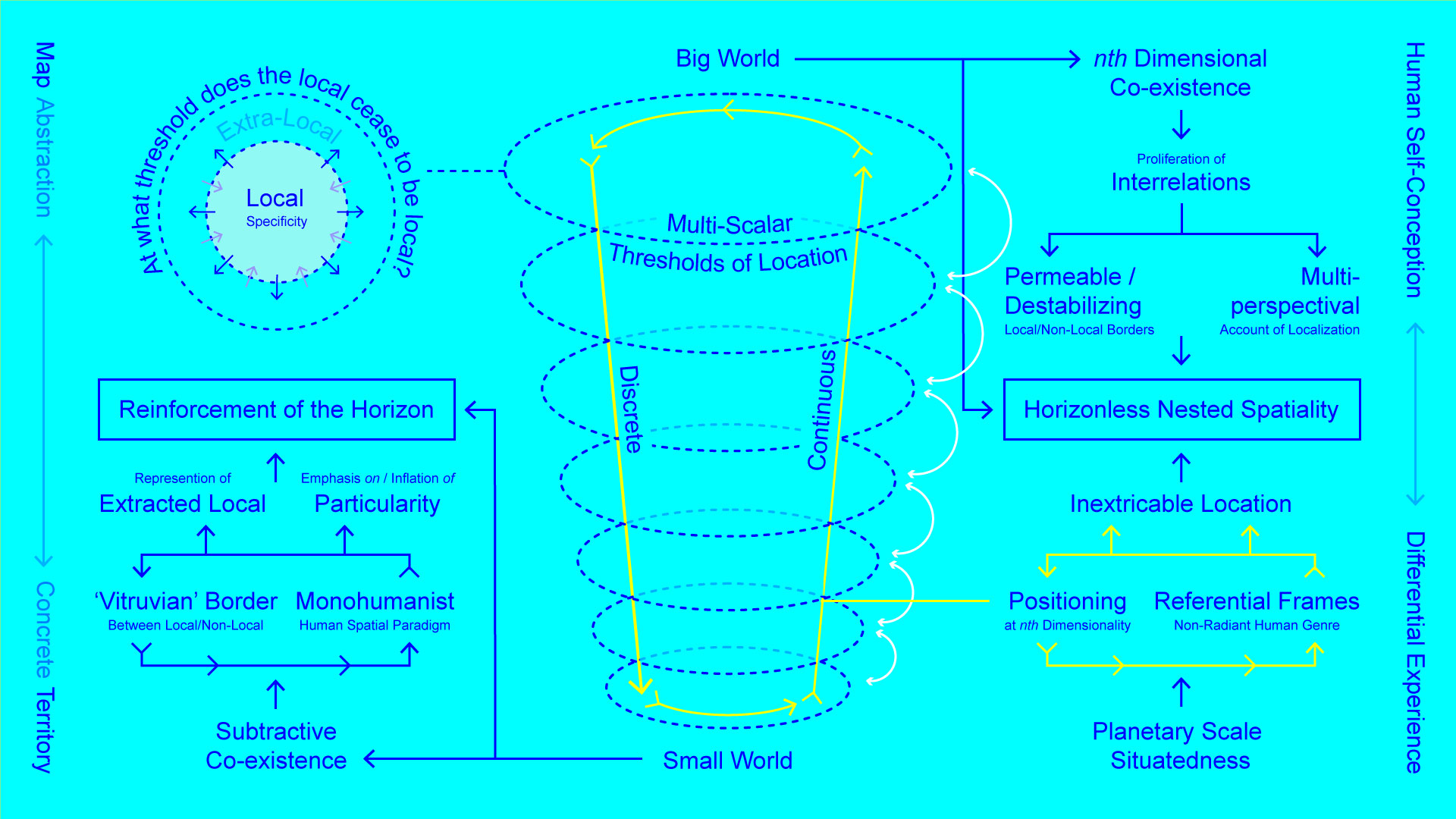
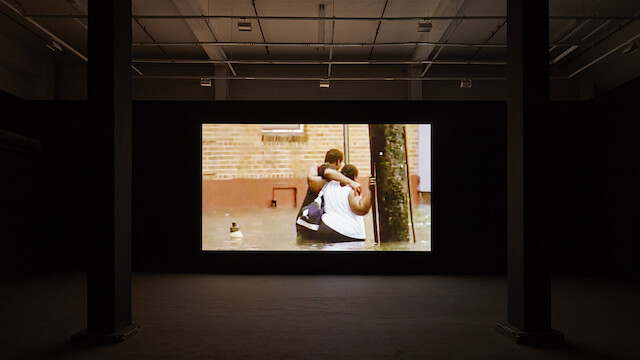
Contactless technologies rely on the careful calculation of distance. Social distancing is a recalculation of contactless; a new measure of closeness in both virtual and real worlds, a reliance on the technological mediation of intimacy, and a new way of navigating urban space with the radical avoidance of touch. As we enter a new era of contactless society, how will our bodies, newly defined as a threat, be molded by new choreographies of the social? Will we urge more towards technologies of touch? How do the physical, emotional, and spiritual meet across networks? In the following texts, conditions of contact and technology intersect as we ponder how the physical limits of isolation are recalibrated by the technological.
There are those who champion, or who actively seek to amplify, the navigational turbulence produced by this decentered human position at the planetary scale, making for an urgent battle over claims on orientation. Such tendencies thrive among several techno-neoreactionaries, who, in denying absolutely any form of planetary navigability from a resituated human position, ultimately advocate for the stripping of humanity’s cognitive-political agencies to transform given frames of reference. Paradoxically, what is often perceived as a form of techno-fetishist futurism is nothing but an unimaginative conservatism that celebrates the preservation of existing frames of reference. These existing frames are defended as if they are an immutable fact of nature, a world “naturally” oriented by nineteenth-century navigational frameworks, now augmented by twenty-first-century AI, smart cities, and iPhones. Implicit endorsements for dehumanization can be found in this destructive negation of these capacities. At this juncture, it becomes evident that the struggle for orientation at nth-dimensionality coexistence demands intervention on this artificial plane, in order to dislodge naturalized conservatisms that are often disguised as blinking futurity.
It’s one of the reasons I’m not generally interested in making films about white folks. I’m really interested in making work that is always foregrounding black people’s humanity, bad guys or good guys. I like the alien. I’m a big fan of the alien. I’m a big fan of Hannibal Lecter, who I think is black and passing. Fundamentally, I just want to see black people who are complex. And competent at what they do, even if they’re mad geniuses or whatever.
Put bluntly, the point is to interpret and act on the world, but never to change it. The contemporary turn towards the “innovative state” thus cannot be taken plainly as some counter-hegemonic project to prove the state’s ability to achieve the social optimization that neoliberals expect from the free market. Instead, in testing, experimenting, and reinventing itself, the state too often displaces existing functions of social redistribution through its new role of reengineering a defunct system requiring no more than an upgrade.
I would not say that Big Data is boring, but rather that it is truly suspicious, and we will have to transform this practice of Big Data. This is why the digital humanities haven’t risen up against this monstrosity. Many digital humanities projects are part of this paradigm. When you visualize the co-relations between hundreds of thousands of images, you are employing the same logic as the Big Data industry (albeit harmlessly) and you are exhibiting its aesthetics. This kind of digital humanities is reaching the end of a transitional stage. Data is by no means our “Big Enemy.” We should be aware of the history of data, which has been a subject in the humanities for a long time without being thematized. It is now time to enter a new stage by taking the question of data and the organization of data further. It seems to me that this has to be the task of the future “digital humanities.”
Through each action that we convey as bodies, a distribution of expressions shape common forces of radiation, enabling us to fall into, and follow closely, the shared present. Dance proclaims that it belongs to the sphere of the commons, that it can constitute the wave of joint gestures, of outward movements that become means of communication. Bound to sustaining relations, the wave forms a stream of larger movements, overflowing ideas of immobility and singularity. Through this wave, the resonances of historical and future gestures are manifested. In the commons, time slips. The underlying logics of the flow organize states of experience and codes of conduct with regard to possible encounters and collisions. The “underscores”—activated support structures—of the dance space must be tested and activated accordingly, as the dialectics of the wave, continuously contracting and releasing, constitute the world with all its relations and moving subjects. Once bodies, images, and affects are mobilized in space, the gestation of new physicalities requires time. To digest, to know, to give space to bodily responses—these transport us into a temporality that stands in strong opposition to quick formulations based on ready-made discourses that sometimes might mean the world to us, and at other times, without prior experience, might instead mean nothing. But to listen and respond through the resonance of a history that takes place and takes shape, requires waiting. As Hardt and Negri write, “Revolution needs time,” and we need support structures for what we mobilize. We need to take responsibility for the outbursts that we unleash.

